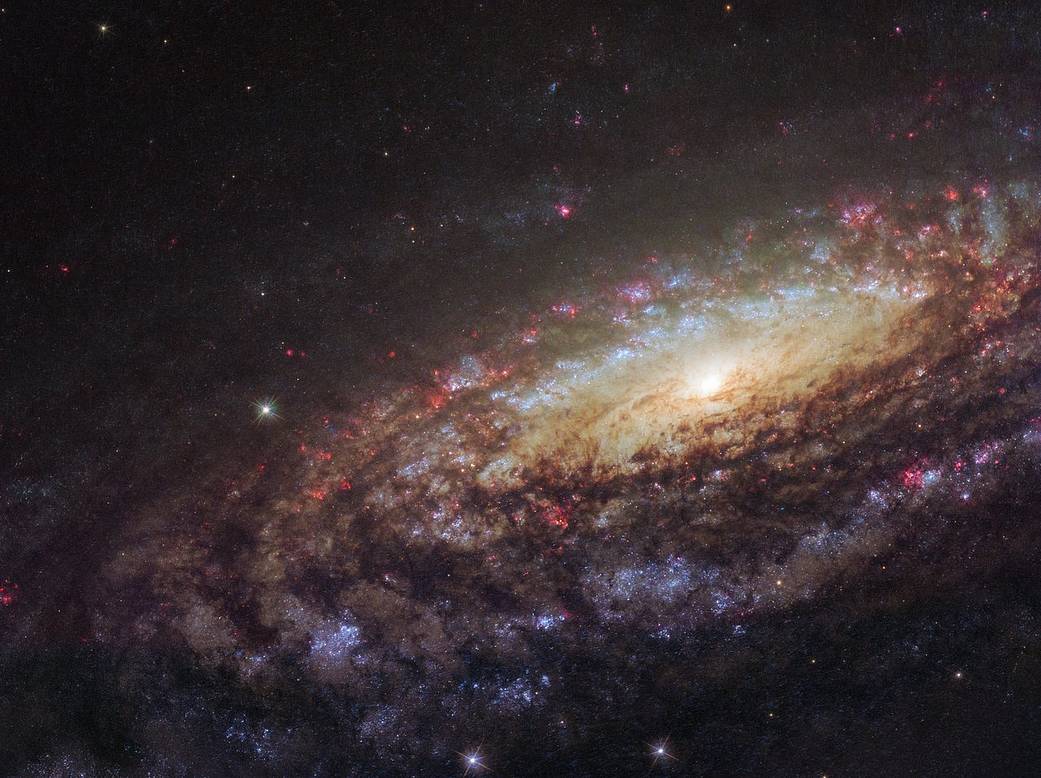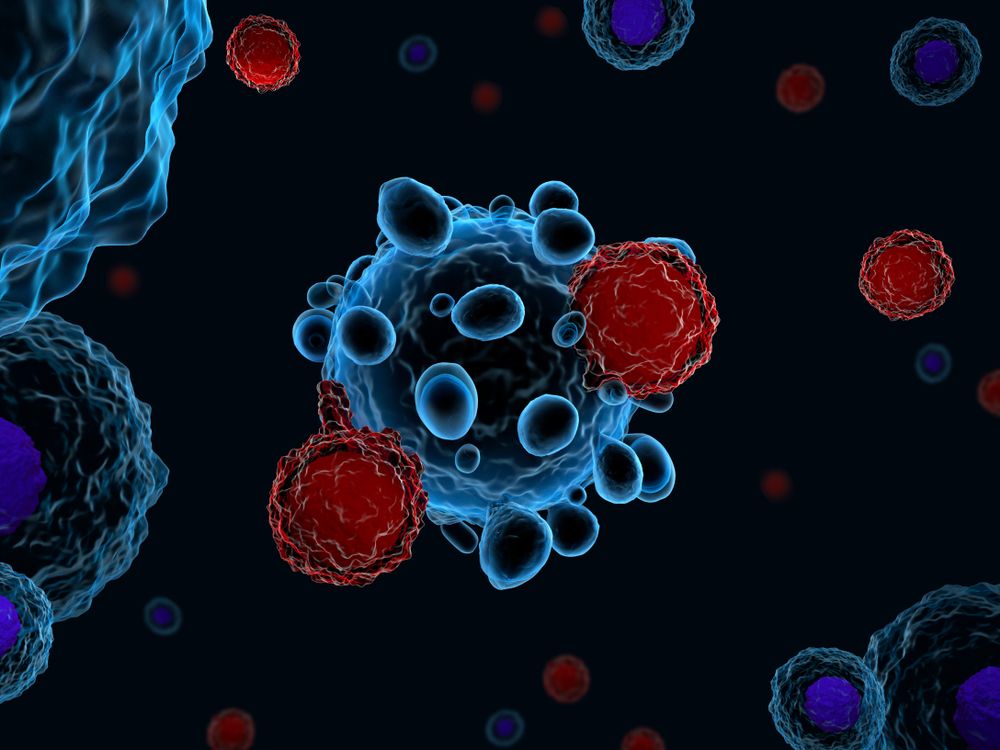“My phone habits are, I’d like to think, better than most. I seldom take my phone out in company and it’s a rare site to see me scrolling through social media. But when I’m walking to or from work, standing in an elevator, or eating by myself, I’ll often be checking emails, texting friends, or reading articles.”







